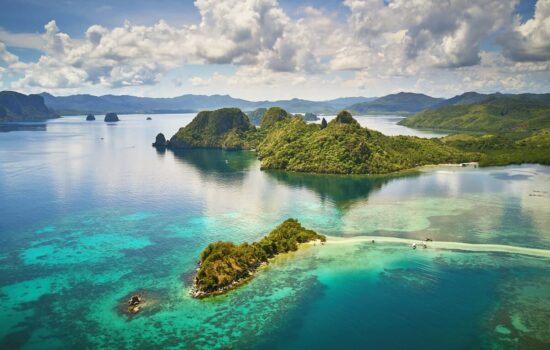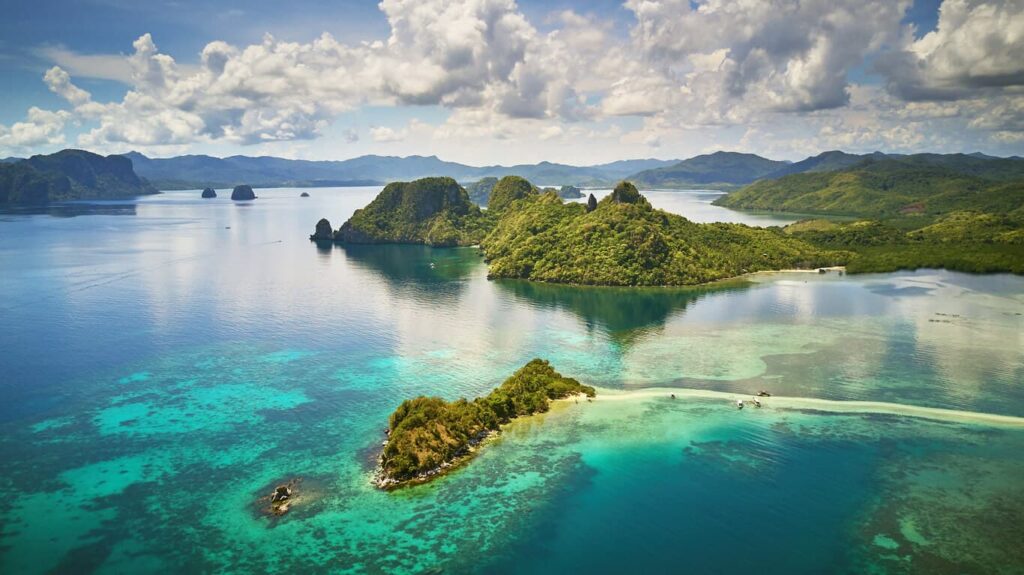
With over 7,000 islands, the Philippines serves up sun-soaked getaways, beautiful beaches, and rich culture. But when you go matters—pick the right time, and you’ll dodge monsoons or crowds. Weather here’s tricky: one island might bake in sunshine while another gets soaked, thanks to scattered microclimates.
Planning a trip? Focus on dry months for most spots—roughly December to April—but double-check regions you’ll visit. Hit Palawan’s lagoons in March, or catch festivals like Sinulog in Cebu during January. Let’s skip guessing games by researching local seasons.
Weather in Philippines
In the Philippines, weather splits into two main patterns: dry months and rainy ones. Dry stretches last from November through May. Rain takes over June to October, sometimes bringing typhoons.
Temps stay pretty steady year-round, mostly between 75°F and 90°F (24°C–32°C). Near coasts, ocean winds help cut the heat. Up in mountain towns like Baguio, it’s noticeably cooler no matter the season. You’ll find southern islands a touch warmer than northern areas, but shifts between wet and dry periods matter more than location.
November–May (Ideal Months to hit the Beach)
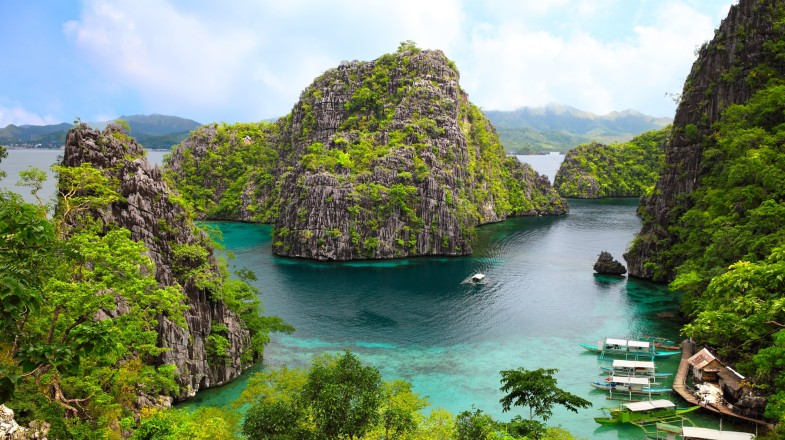
For the best time to visit Philippines, plan your trip during dry months. Sunshine lights up coastlines, and rain stays away, making it easier to hop between islands like Boracay, El Nido, or Siargao. November through May works well—days are sunny, skies clear.
Temperatures dip a bit in December and January, which helps if you’re not used to tropical heat. Just know beaches get crowded around then. Booking early helps, especially on popular islands where spots fill up fast.
If crowds aren’t your thing, try early November or late May. Weather stays good, fewer people around. Flexible schedules? These weeks might work better.
January–May (Festivals Time)
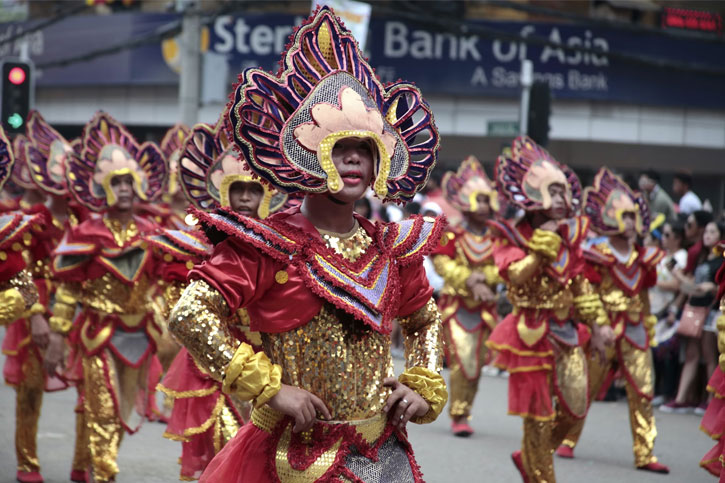
When it comes to the Philippines, best time to visit for cultural immersion is January through May. During these months, celebrations happen across the country, mixing local traditions with Spanish-Catholic heritage.
January kicks off with Sinulog Festival in Cebu and Ati-Atihan in Kalibo. Both events fill streets with music, dancing, and parades, drawing crowds from everywhere.
By February, Baguio’s Panagbenga Festival takes over. Known for massive flower displays, it turns the city into a garden with floats covered in blooms and dancers moving through avenues.
In April, Marinduque’s Moriones Festival stands out. Locals wear Roman soldier masks and costumes, acting out stories from the Bible during Holy Week.
May wraps up the season with Quezon’s Pahiyas Festival. Homes get decorated with rice, vegetables, and handmade crafts in a lively thanksgiving display for good harvests.
December–February (Hiking Season)
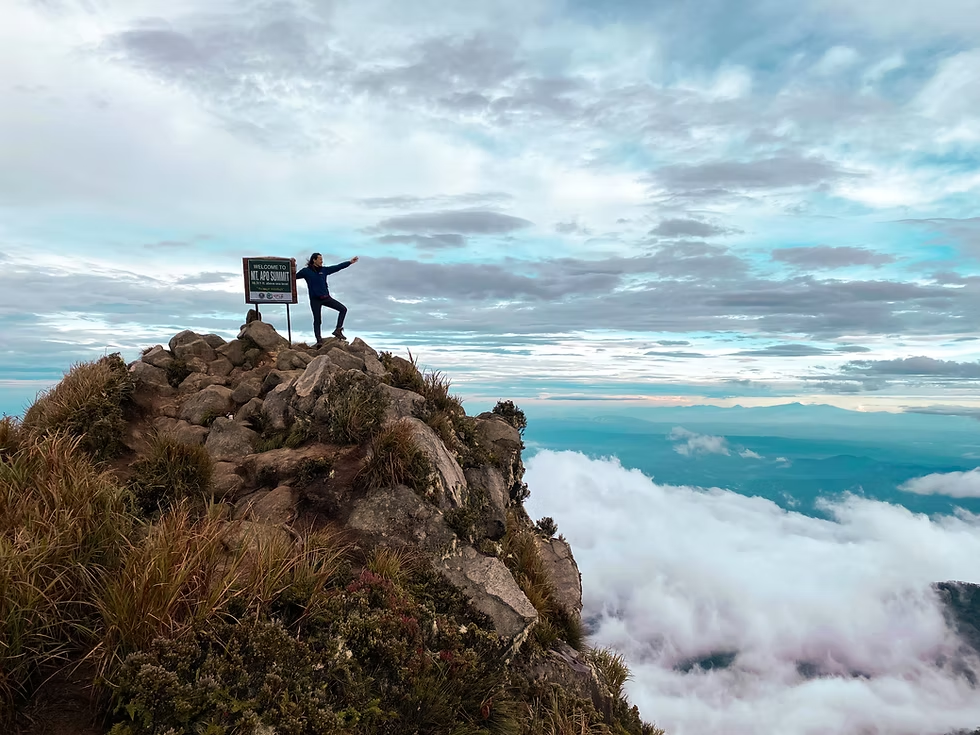
For hiking fans, the best time to go to Philippines hits between December and February. Dry trails meet cooler temps, setting up prime conditions to tackle everything from mossy peaks to terraced valleys. Mountain areas stay cooler, making treks more comfortable—daytime heat stays manageable, nights work well for campfires without needing three layers. Less rain equals fewer muddy slips and surprise leech meetings, while landscapes still glow green from earlier monsoon showers.
Top picks? Mount Pulag in Luzon tops lists for its sunrise “sea of clouds” that blankets slopes like foggy magic. Over in Bohol, Chocolate Hills’ grassy mounds turn cocoa-brown by dry season—manageable climbs lead to weirdly wonderful views. Down south, Mount Apo tests even seasoned hikers with trails shifting from jungle roots to volcanic rock scrambles. Don’t skip Batad’s stepped rice terraces either.
Trails stay drier this window, so paths feel steadier underfoot. Bonus? Clear skies mean you get unobstructed vistas.
December–April (Diving and Snorkeling Season)

For underwater adventures, the best time to go to the Philippines falls between December and April. That’s when seas calm down, waters clear up, and conditions hit their sweet spot. In top spots, you might see over 30 meters ahead underwater—perfect for spotting colorful fish or intricate coral formations. Less rain means fewer nutrients washing into oceans, keeping water clarity high without plankton blooms messing up views.
Temperatures stay mild, hovering around 77-84°F (25-29°C). Even chill-prone folks can enjoy longer dives without feeling too cold. Calmer waves make boat rides to dive areas smoother, cutting seasickness risks.
Up north, Tubbataha Reefs Natural Park opens briefly from March to June. Its isolated reefs swarm with sharks, turtles, and manta rays—no crowds, just untouched underwater scenes. While marine life thrives year-round, timing matters for specific encounters and smoother trips. Pack your gear when skies stay dry and seas play nice.
Popular Times to Visit Philippines
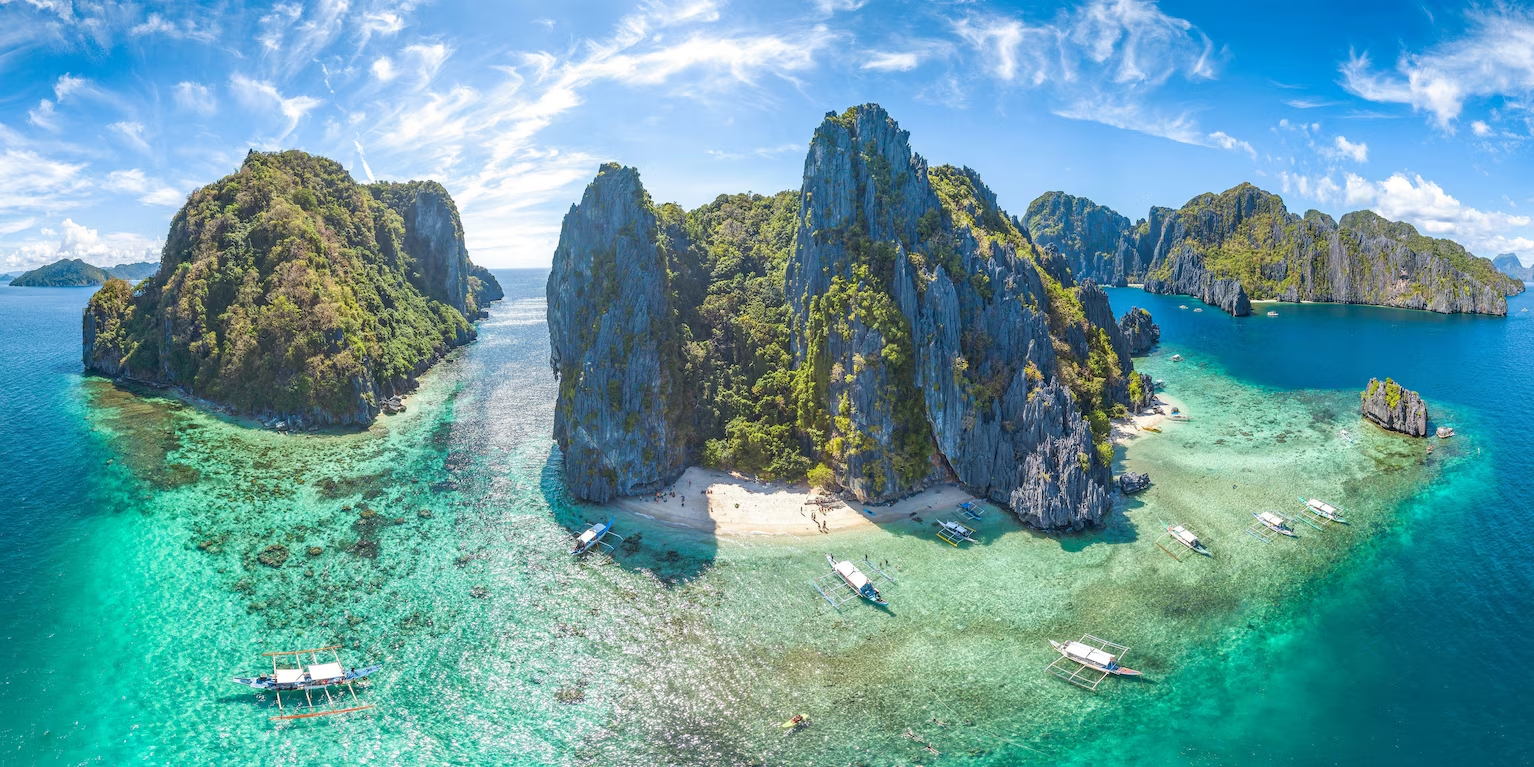
If you’re planning a trip to the Philippines, timing it around major holidays can mean joining lively crowds or enjoying quieter moments. High seasons pop up throughout the year, shaped by both local and international events. Mid-December to early January stands out as the biggest holiday window. Celebrations mix religious customs with family time and neighborhood parties, creating a unique vibe.
Best time to travel to the Philippines for festive energy? Christmas kicks off unofficially in September, with lights and carols lingering until Three Kings festivities wrap up in January.
Around March or April, Holy Week sees many locals hitting the road. Beaches and pilgrimage spots get packed, and prices tend to climb.
From March to May, schools close for summer. Kid-friendly spots—theme parks, zoos, beaches near cities—fill up fast. April and May bring peak heat, with cities feeling especially sticky without coastal winds.
For lighter crowds, try early November or late May. These shoulder weeks balance decent weather, open facilities, and space to explore. November follows rainy months but skips the Christmas rush. May comes after local summer trips wrap up but before heavy rains return, offering better deals and smoother experiences. Best time to travel to Philippines without crowds? Target these windows for lower costs and fewer shared sunsets on those postcard-perfect beaches.
FAQ
What month should You visit the Philippines?
If planning a trip to the Philippines, February might just be the best month to visit Philippines. Days stay dry without scorching heat, perfect for city tours or beach days. Popular spots stay open, roads stay clear, and ferries run smoothly. Catch festivals like Baguio’s Panagbenga Flower Festival or lively pre-Lenten events—ideal for soaking up local traditions.
Calm seas make island-hopping easy, even for queasy travelers. Divers get clear views up to 30 meters underwater. Wildlife fans can swim with whale sharks around Donsol as their season kicks off.
Hotels cost less than during Christmas or Easter, and booking a few weeks ahead usually works. Evenings stay breezy, ideal for open-air dinners at beach grills or city night markets. No overcrowding, no monsoons—just smooth plans and bright skies.
When is the cheapest time to visit the Philippines?

For budget trips to the Philippines, consider flying during wet season months like September and October. Tourism slows then, and prices drop. If you’re after the best time to fly to Philippines without overspending, these months deliver. Flights often cost 40% less than peak season rates, especially when booked early. Airlines roll out promotions for quieter travel periods, so watch for deals on international routes.
Hotels and resorts slash rates to draw visitors, with luxury spots sometimes priced mid-range and budget options becoming super affordable. Many places add perks like free room upgrades, included meals, or activities that usually cost extra in busier months. Just pack for afternoon storms and keep plans flexible in case of delays. Rain usually hits in quick bursts late in the day, leaving mornings and early afternoons open for exploring.
Museums, cultural spots, and malls work well on rainy days, and restaurants tend to be less crowded during these calmer months. Travelers willing to adapt plans around some weather issues can experience the Philippines cheaply while enjoying lush green scenery boosted by all that rain.
When is the best time to visit the Philippines?

Planning a Philippines trip? Timing matters. Best time of year to visit Philippines spans February-April for balanced options: sunny skies, manageable crowds, and prices that won’t shock your wallet (unless you hit Easter week). These months let you mix beach hopping, urban adventures, and cultural stops smoothly—no weather curveballs.
Prefer ocean vibes? January-May brings glassy waters perfect for snorkeling or island tours. Boats run regularly, cancellations stay rare, and underwater scenes pop with life. Tight budget? Try September-October. You’ll dodge some rain showers but score cheaper stays and emptier landmarks—just pack flexibility for sudden downpours. Swap beach plans for market strolls or cooking classes without fuss.
Festival lovers, mark January-May. January’s Sinulog and February’s Panagbenga explode with color, drums, and street feasts. Prefer history over parades? December-February’s cooler air helps when wandering stone forts or cobblestone streets under that tropical sun.
Steer clear of the worst time to visit Philippines: July-September. Typhoons hammer northern/eastern areas hardest, drowning plans in daily rains. Ferries halt, flights scramble, and city streets sometimes flood knee-deep. Even rescue teams prioritize locals over tourist hiccups during storms. Save mountain hikes or remote islands for drier days—trust me.
Final Thoughts
Your ideal time for a Philippines trip hinges on what you want to do, how you handle weather, and what you’re willing to spend. Good news: this archipelago has something to offer no matter when you go.
Just match your priorities—cash, tolerance for rain, crowd aversion—to make sure your trip’s a hit. Swim with whale sharks one week, trek through rice terraces the next, or soak up Manila’s energy—picking the right dates turns a standard getaway into a trip that fits your style. No magic formula here, just align plans with what matters most to you.
